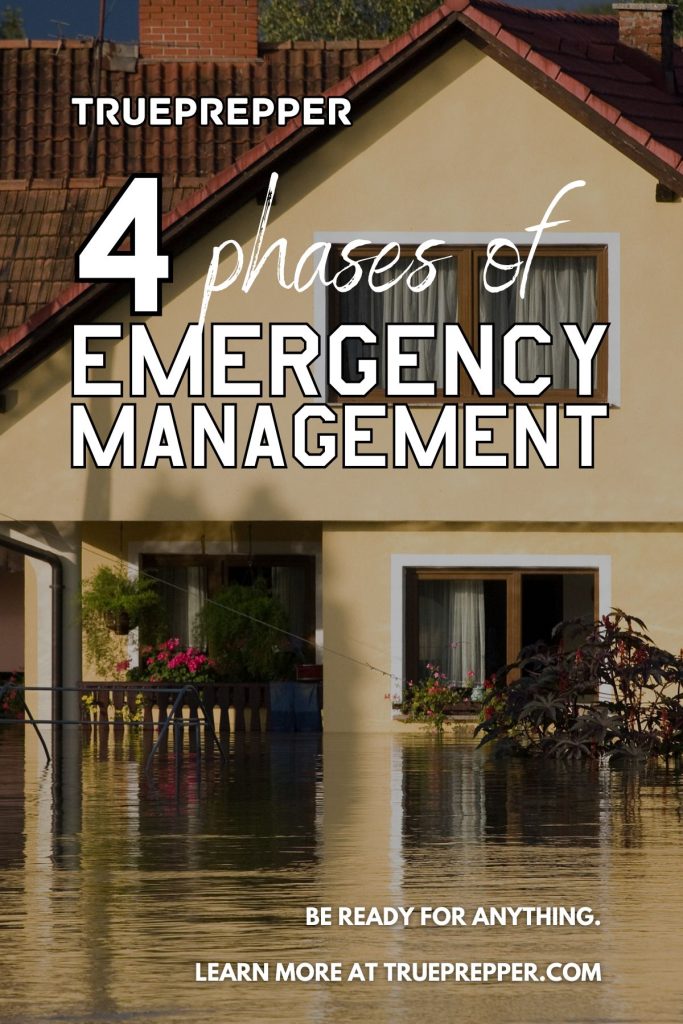
Emergency management is a crucial aspect that can be applied to individuals or communities. When we think about emergency management, we often consider the larger entities like FEMA, which have a widespread reach and scope. However, emergency management also encompasses basic family preparedness, which involves thinking about threats and hazards to you and your family and creating a plan. This analytical component of prepping can help us stretch our budgets and better prepare for likely events. In this article, we will explore the four phases of emergency management and how they contribute to overall preparedness.
Mitigation
Mitigation is the first phase of emergency management and focuses on reducing the chance of an emergency occurring or minimizing its effects. It involves using measures to identify and quantify risks and hazards. At the government level, mitigation can include proper zoning, safe building codes, and other preventive measures. Mitigation is a continuous process that seeks improvement and can save society significant costs. In fact, studies have shown that every dollar spent on mitigation efforts can save an average of four dollars.
Preparedness
Preparedness is a crucial phase of emergency management that involves planning, organizing, training, and equipping for disaster response. It focuses on procedures and acquiring the necessary equipment to handle emergencies. This phase is familiar to preppers, as it encompasses the creation of emergency kits and fine-tuning of plans. Effective preparedness can significantly improve the efficiency of the next two phases.
Response
The response phase occurs during an emergency and involves carrying out the plans and utilizing the equipment prepared during the previous phase. This phase can be the most dangerous, with high stakes and unknown variables. It requires effective information gathering and communication to ensure a coordinated response. Staying informed, clear-headed, and focused on the plan is crucial during this phase.
Recovery
After an emergency is over, the recovery phase focuses on taking actions to return to the “status quo.” This phase often involves rebuilding and restoring critical infrastructure. In some cases, such as in a severe SHTF scenario, a full recovery may not be possible within a reasonable time. Setting a “new normal” may be necessary in such cases. It's important to note that cascading emergencies or a “domino effect” can strain national incident management systems and prolong the recovery period.
Understanding the four phases of emergency management is essential for individuals and communities. By actively participating in each phase and prioritizing preparedness, we can significantly reduce the impact of disasters and effectively respond to emergencies. Remember, personal disaster preparedness is not only a responsible choice but also a way to lessen the burden on society as a whole. So, let's continue exploring, staying prepared, and ensuring our safety.
—————————————————————————————————————————————————————————————–
By: Rusty Collins
Title: Understanding the Four Phases of Emergency Management
Sourced From: www.trueprepper.com/four-phases-emergency-management/
Published Date: Sat, 30 Dec 2023 12:45:46 +0000

